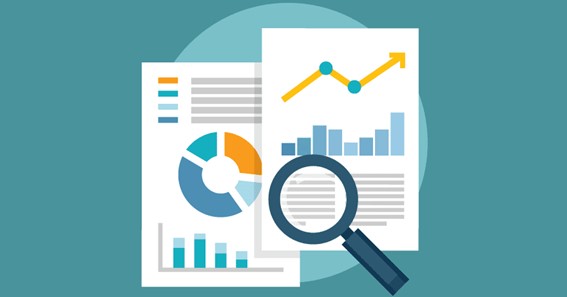If you are preparing for government exams then you would have noticed that a lot of questions are based on simplification and approximation in the quantitative aptitude section. They are also very easy to score if one has proper knowledge of them. If you want to do better in quantitative questions then simplification and approximation questions are key.
Through this article, we will discuss the two in great detail. If you face problems in dealing with the two then you must go through the article thoroughly. We can assure you that after this your understanding of simplification and approximation will get better. Therefore, make sure that you don’t miss any detail. Now, without any further ado, let’s get the reading started.
What is Simplification?
Simplification is the approach to making calculations more manageable to work with. It’s a process that can be used in math, science, engineering, or any other field where information needs to be simplified for others to use it effectively.
You may have heard about simplification before because it’s often used when talking about algebra. In algebra, simplification means that you’re taking a complicated equation and breaking it down into simpler terms. This makes the equation easier to work with and understand.
Click here – Margin trading on Binance Margin
What Is Approximation?
Again, an approximation is an approach that can be used in math to make equations easier to work with. Approximation involves rounding numbers to make them easier. This can be helpful when you’re trying to solve a question and you need to use a number that is too difficult to work within its actual form. By rounding the number, you can make it more straightforward to use and still get an exact answer.
How To Solve Questions On Simplification & Approximation?
As already stated that simplification and approximation both can be helpful techniques to use when you’re trying to solve a math problem. They are often used together. The simplification and approximation topic under data interpretation is one of the most straightforward in the quantitative aptitude section and only efficient calculation can help you solve their questions efficiently.
The main idea behind asking questions about simplification and approximation is to test your ability to work with numbers and basic calculations. Questions are made to confuse you with long decimal numbers and calculations which may seem complicated but this topic is one where you can score most without making errors.
- When you’re using simplification and approximation together, always simplify first and then approximate. This will give you the most accurate answer.
- When dealing with simplification and approximation always make sure to solve the questions using the BODMAS rule. BODMAS is an acronym for a math rule that represents the order of operations. B stands for Brackets, O for of, D for division, M for multiplication, A for addition, and S for subtraction.
- If there are fractions in a given equation, you can simplify them by multiplying both the numerator and denominator by the same number. This will get rid of any factors they have other than one.
- Numbers that are given in a decimal format, use a rounded-off value for those numbers. For example, 45.62 can be taken as 46, 22.10 can be taken as 22, etc.
- Learning tables till at least 20 can be of great help for the candidates and help them save some time.
- Revise the primary important formulas which can be used in such a question.
- Do not overcomplicate the questions and make sure that long calculations need to be skipped to solve the equations within a shorter period.
Click here – Is Melatonin The Cure For All Sleep-Related Issues?
